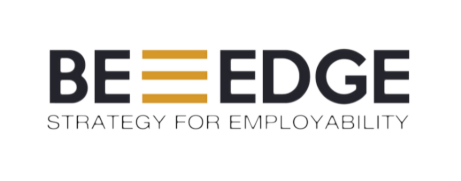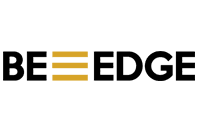
Mid-Career, Global Transition, or Rethinking What’s Next? Here’s How to Reclaim Your Edge, Strategically.
In today’s global, fast-moving job market, mid-career transitions are becoming the norm rather than the exception. Whether you’re in your 40s exploring new directions, or a skilled immigrant adapting to a different country or industry, the challenges are real and often overwhelming.
Despite decades of experience, credentials, and competence, many professionals find themselves facing underemployment, loss of identity, and disconnection from their value. But here’s the good news:
You don’t need to start over—you need to reposition strategically.
This is where BE-EDGE’s Personal Positioning Strategy becomes a powerful tool. Developed by Dr. Julia Ivy, this framework is uniquely designed to help mid-career professionals and skilled immigrants navigate career shifts with intention, clarity, and confidence.
Let’s explore the common challenges experienced in these transitions and how BE-EDGE directly addresses each.
1. Life Course Disruption → Reclaiming Career Ownership
The challenge: For many professionals, especially those over 40, a career pivot or relocation can feel like a disruption to their life’s trajectory. It often comes with a sense of being “off-track” or behind peers.
How the Personal Positioning Strategy helps: The Personal Positioning Strategy reframes this moment not as a setback, but as a strategic inflection point. It helps individuals explore their “should” vs. “would” paths, encouraging thoughtful repositioning based on purpose and clarity.
It’s not just about adapting to change—it’s about owning the direction of your next move.
2. Culture Shock & Adaptation → Contextualized Identity Mapping
The challenge: Entering a new organizational, cultural, or geographic environment often creates dissonance. Professionals wonder: “Do my strengths still matter here?”
How the Personal Positioning Strategy helps: BE-EDGE guides individuals in contextualizing their identity—translating global strengths, diverse experience, and core values into a format that resonates locally. It’s a balance between adaptation and authenticity.
3. Recognition Gaps → Building a Case for Value
The challenge: Mid-career professionals—especially those with international backgrounds—often face skepticism or undervaluation of their credentials and prior roles.
How the Personal Positioning Strategy helps: BE-EDGE teaches professionals how to build a case for their value. It’s not just a resume; it’s a strategic narrative backed by evidence and tailored to the expectations of a specific market or industry.
It’s about being seen not as a risk, but as a relevant, high-value contributor.
4. Lack of Networks → Connection Through Value, Not Just Contacts
The challenge: A mid-career move often severs established networks, forcing professionals to rebuild connections from scratch.
How the Personal Positioning Strategy helps: Rather than defaulting to passive networking, BE-EDGE emphasizes value-led engagement. Through case-based approaches, professionals connect with organizations by solving real problems, not just asking for opportunities.
This creates more meaningful, lasting connections—rooted in contribution.
5. Emotional Fatigue → Clarity and Confidence Through Structure
The challenge: Career dislocation is mentally and emotionally taxing. Many professionals don’t know where to begin, leading to inertia and self-doubt.
How the Personal Positioning Strategy helps: BE-EDGE provides a structured yet flexible pathway to regain clarity. By focusing on personal strategy first—not job boards—it brings emotional grounding and forward momentum.
When strategy replaces uncertainty, confidence follows.
BE-EDGE in Action: Two Free Tools to Get Started
To help mid-career professionals begin applying the Personal Positioning Strategy right away, BE-EDGE offers two powerful resources:
✅ Free Personal Positioning Strategy Assessment → Understand what strategy you’re currently using and whether it’s serving you
✅ Free eBook of all 4 strategy types → Learn the four positioning strategies—EDGE-Focused, SELF-Focused, POSITION-Focused, and GROWTH-Focused—and find which one aligns with your goals
Once you understand your strategy type, you can enroll in the BE-EDGE course tailored to your unique needs—guiding you toward career actions that match your purpose and positioning.
Career transitions in midlife aren’t a detour, they’re a chance to define your edge. With BE-EDGE’s Personal Positioning Strategy course, professionals don’t just survive change, they lead it with intention, clarity, and relevance.
If you’re ready to take back control of your narrative and step into your next role with confidence, start with strategy.


